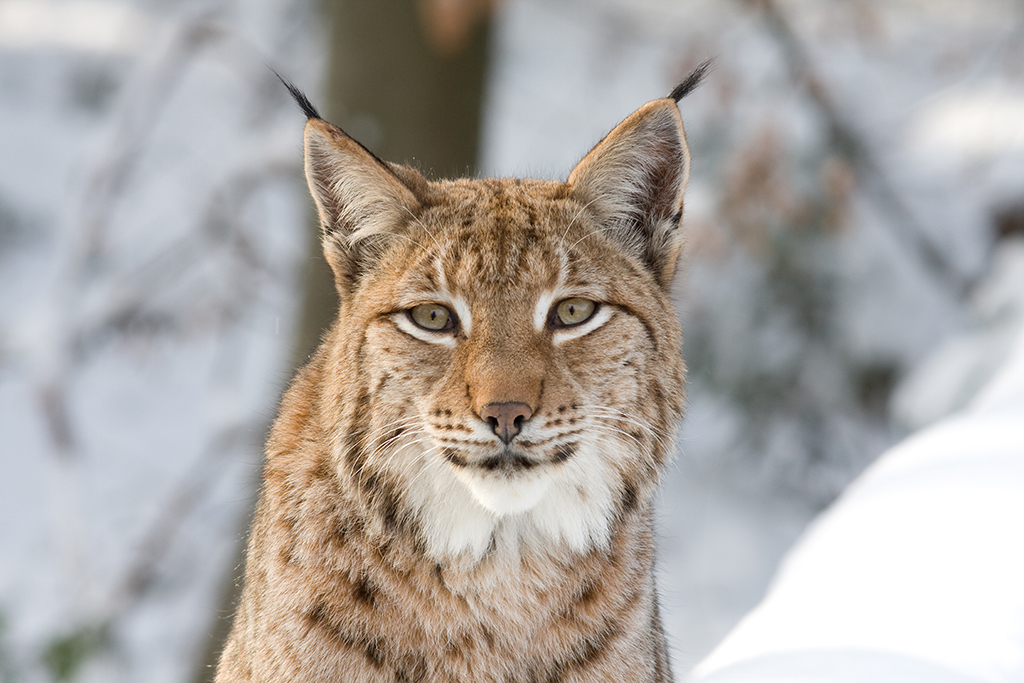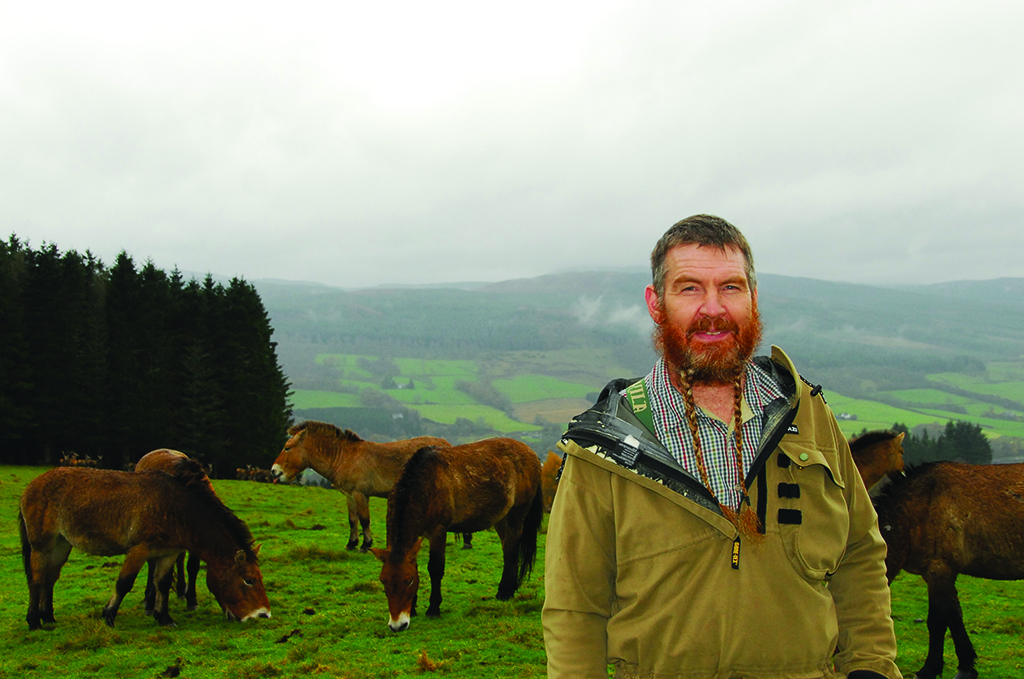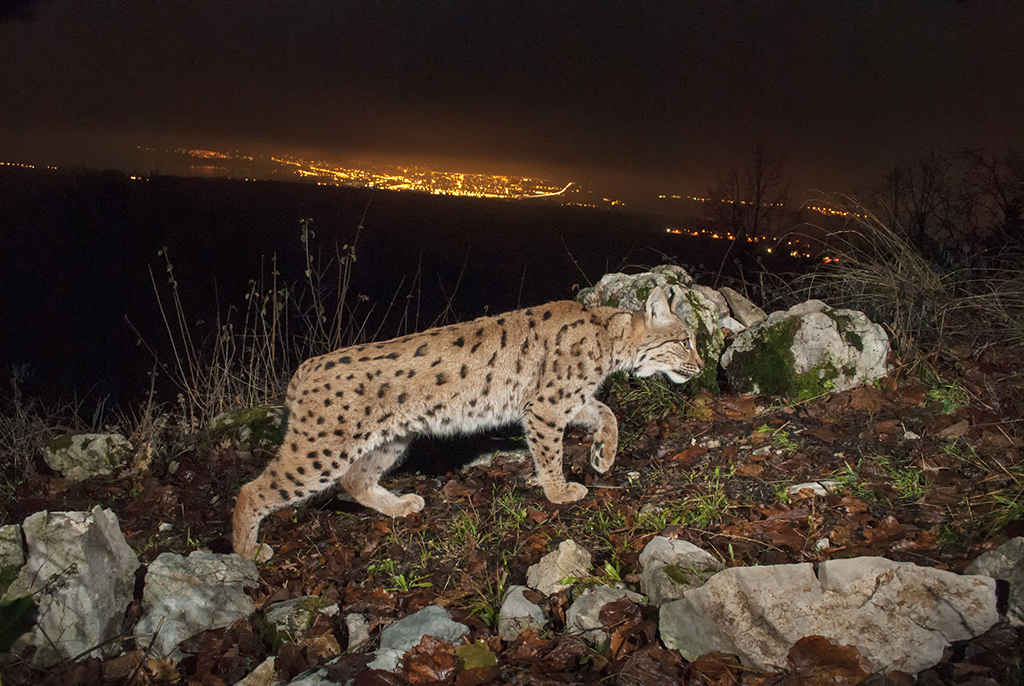Could the big cat be the first carnivore to be reintroduced into Scotland?
Discussions about reintroductions are rocket fuel. Most people have theories on the subject be it sea eagles, wild boars or beavers, and inevitably the atmosphere becomes heated as balanced argument flies out of the window.
The return of the wolf is perhaps the most controversial given the cultural baggage. Despite the popularity of ‘re-wilding’ and need to bring down deer numbers, many cannot get over the fairytale image of the Big Bad Wolf.
But whilst there are few without a theory on reintroducing wolves, the same cannot be said for the lynx. In fact the word is more usually associated with a popular brand of deodorant, rather than a stunning big cat.
Is it time we started discussing this less controversial reintroduction before considering the wolf? Certainly there is much to learn, and little to fear. It is doubtful that if the lynx was reintroduced, that any of us would even know it was there such is its ability to remain in the shadows. How many people have ever seen a wildcat? This is not only because there are few genetically pure ones left. Like lynx, they are secretive.
One man who has been campaigning hard to bring lynx back is Donnie Broad. At times Broad, from Aberfeldy, seems a paradox. He has many roles: gamekeeper, stalker, forester, and estate manager, and keeps numerous exotic feathered and furred creatures. He has an encyclopaedic knowledge of the countryside and a great respect for many of the species others don’t like. But he also understands the need to control certain animals. I always enjoy a thought- provoking craic with him.
He manages a sporting estate near Strathtay where as well as four species of deer (including moose, mouflon and European bison), he keeps Przewalskis’ horses. He is passionate about the idea of a trial reintroduction of lynx in the electric-fenced 720 acres.
‘Currently I am the person responsible for all this. We are not a zoo, nor a safari park, nor a farm though we do have some commercial sheep. We have dangerous wild animals here and having all the grazing niches filled, we now need a predator. It would be an ideal place to try out lynx and we would learn a huge amount and see how they fitted into the grand scheme of things.’

One of the main reasons for reintroducing lynx is that they prey on roe deer and could keep the population down in areas where trees are being planted.
‘I have planted hundreds of thousands of trees,’ continues Broad. ‘There seems little point in all this planting if we cannot eventually reinstate some of the creatures that should be there. The wolf is probably untenable, though I would love to see it back too, but it would be far better to start with the lynx. If we did reintroduce them into wilder parts of Scotland, we would have to find a bona fide way of dealing with any issues, but frankly I do not think there would be many.’
Broad believes an experiment should be carried out in Scotland within the next decade. ‘I keep hitting a brick wall with the government reintroductions committee but hope eventually they will agree to us doing a proper trial with a pair of lynx here,’ he says.
‘We have badgers, foxes, otters, red squirrels, pine martens, hares, rats and small mammals as well as game, so we could find out exactly what lynx do predate, and learn from it. Frankly the system’s screwed without a top predator. There simply has to be more balance.’

Donnie Broad
There has been confusion about the exact timing of the lynx’s demise in Scotland. In 1927, a well-preserved skull thought to be around 4,000 years old was found in Reindeer Cave, Sutherland. This made scientists think lynx died out as Scotland became a wetter maritime climate. However, recent radiocarbon dating revealed the skull is actually around 1,800 years old. Also lynx thrive in similar conditions elsewhere.
The new findings suggest loss of forest cover and human persecution are the most likely reasons for the extirpation of lynx, so it would seem pertinent to now look seriously at the possibility of their return.
Dr David Hetherington, ecology advisor for the Cairngorms National Park Authority and the country’s leading expert on lynx, is the sort of person who can mend bridges when it comes to contentious conservation issues.
Indeed when he did his PhD on the feasibility of bringing back the lynx, he became so concerned that the wildcat was about to go the same way as its larger relation, that he set up the Cairngorms Wildcat Project and worked closely with the Scottish Gamekeeper’s Association, who have since become important allies in saving the rare species.
Hetherington is now looking seriously again at the reintroduction of lynx. ‘With climate ruled out as a cause for the lynx’s extinction and forest clearance and persecution implicated instead, the Eurasian lynx now qualifies ethically for reintroduction,’ he says.

A wild European lynx , photographed on a camera trap in Switzerland (Photo: Laurent Geslin)
‘Roe and red deer numbers also fell dramatically in many areas so there would have been little prey for them but that is certainly not the case now. Having the lynx may restore natural ecological processes to Britain’s forests missing since large carnivores were driven to extinction several centuries ago.
Areas such as the Scottish Highlands, which, throughout the twentieth century have witnessed continuing large-scale re-afforestation, albeit with exotic conifers, as well as the rapid and at times problematic growth of deer populations, have created suitable conditions for a viable lynx population.’
The possible return of the lynx could see two separate populations with a smaller number in southern Scotland at Kielder Forest in Dumfries and Galloway, with a larger population in the Highlands. Hetherington thinks that starting with around thirty might work, and wonders if in the end approximately 400 could be tolerated.
‘It is important though to know how well we as humans will cope with this prospect,’ he adds. Organisations such as the Scottish Wildlife Trust, Trees for Life, and the RSPB, appear to be keen on the idea, though others remain to be convinced. It is hoped that through time and positive dialogue most negative thoughts will be alleviated.
It is likely that the National Farmers Union and Scottish Gamekeeper’s Association will need some persuading. Hetherington has visited many countries in Scandinavia and Europe, and spoken to locals about the impact of lynx on livestock. Unless sheep are kept in woodland, which seldom happens here, lynx will not prey on them as they rarely hunt in the open. The risk of predation to sheep is greatest where fields border woodland, but even then it is highly unusual.
Personally, I hope that the next Scottish reintroduction is indeed the lynx. Inevitably there will be extensive debate before that exciting day comes, if indeed it does. Not all reintroductions are successful. George Monbiot quoted David Hetherington in his book, Feral: ‘Don’t do what the Italians did recently in Gran Paradiso, only release two lynx, both male.’
TAGS

